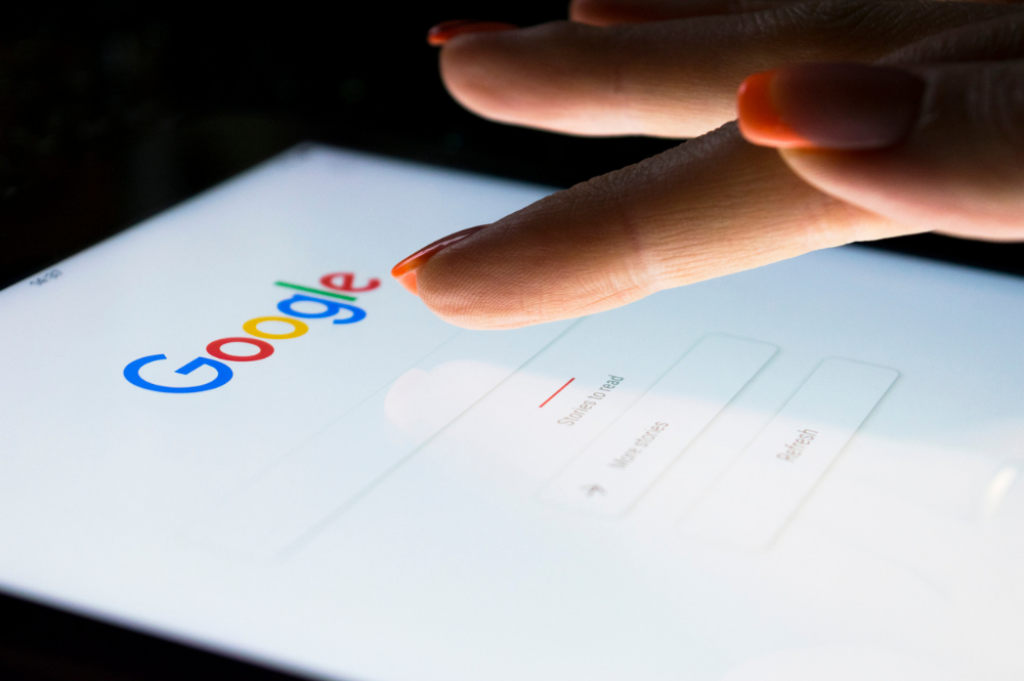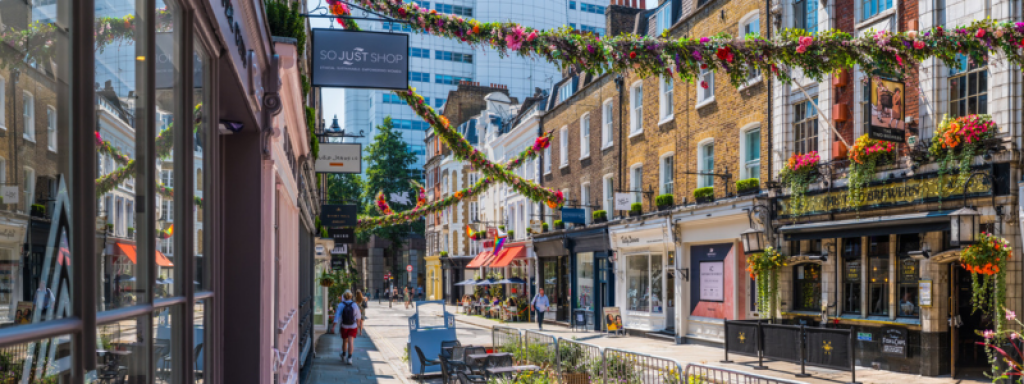Local SEO for UK Retail Stores: Driving Foot Traffic and Online Sales
In today’s competitive retail environment, UK store owners face a unique challenge, connecting digital visibility with actual sales.

Written by
Molly Inman
Published
8 Oct 2025
Read Time
3 min read
While e-commerce continues to grow, the reality is that over 70% of UK consumers still prefer to shop in person when they can. The key to bringing those customers through your doors, and boosting online conversions, lies in one essential strategy: Local SEO.
What is Local SEO
Local SEO (Search Engine Optimisation) ensures your business appears in online searches when potential customers nearby look for products or services you offer. Whether someone types “Kid’s trainers near me” or “best gift shop in Solihull,” Google’s local algorithm prioritises nearby, relevant results.
For retailers with physical stores, strong local SEO means higher visibility in Google Maps, increased in-store visits driven by online discovery, better online sales through local intent search queries and improved credibility and trust through consistent business information.
Google Business Profile
Your Google Business Profile is often the first interaction customers have with your brand. Make sure it’s accurate, complete, and engaging. Optimise your profile by:
Verifying your location and choosing the right categories
Adding high-quality images of your storefront and products
Keep opening hours and contact details up to date
Encourage and respond to customer reviews as they influence both rankings and reputation. You can also use Google Posts to share offers, events, and seasonal promotions directly on your profile.
Consistency
Ensure your business is consistent across all online platforms, this includes your brand name, address, and any phone numbers. Inconsistent information can risk confusing customers and weaken search rankings.
Keywords
Optimise your website by using local keywords strategically that reflect your location and product range. For example, “Independent womenswear shops in Solihull” or “Flooring stores in the West Midlands”. Incorporate these phrases organically in your homepage, meta descriptions, headings, and product pages. Local landing pages are especially effective for retailers with multiple store locations.
Reviews
In the UK, nearly 90% of consumers read reviews before visiting a business. Encourage happy customers to leave Google or Trustpilot reviews, and make sure to always reply, whether positive or negative. Your responsiveness demonstrates authenticity and customer care, boosting both trust and SEO positively.
Build local backlinks
Partner with nearby businesses, charities, and local publications to earn backlinks (links from other reputable sites). Sponsoring a community event or writing a guest post for a regional blog can strengthen your authority and signal locality to Google.
Connect Online and Offline Offers
To truly drive both foot traffic and online sales, integrate your marketing efforts. Use online ads with local targeting to promote in-store exclusives, offer “click and collect” or in-store pickup options and promote social media check-ins or reviews with small discounts. When online engagement complements in-store experience, customers see your brand as accessible and reliable from every touchpoint.
Monitor and Measure Results
Track key local SEO metrics using Google Analytics, these insights will reveal what’s driving results and where to refine your strategy. Look for changes in local pack impressions and click-through rates, calls and direction requests from your Google business profile, store visits from location-based ads and growth in local keyword rankings.
For UK retailers, Local SEO bridges the gap between online discovery and in-store success. By optimising your digital presence for local searches, you can reach nearby shoppers at the exact moment they’re ready to buy, boosting both foot traffic and online sales.











